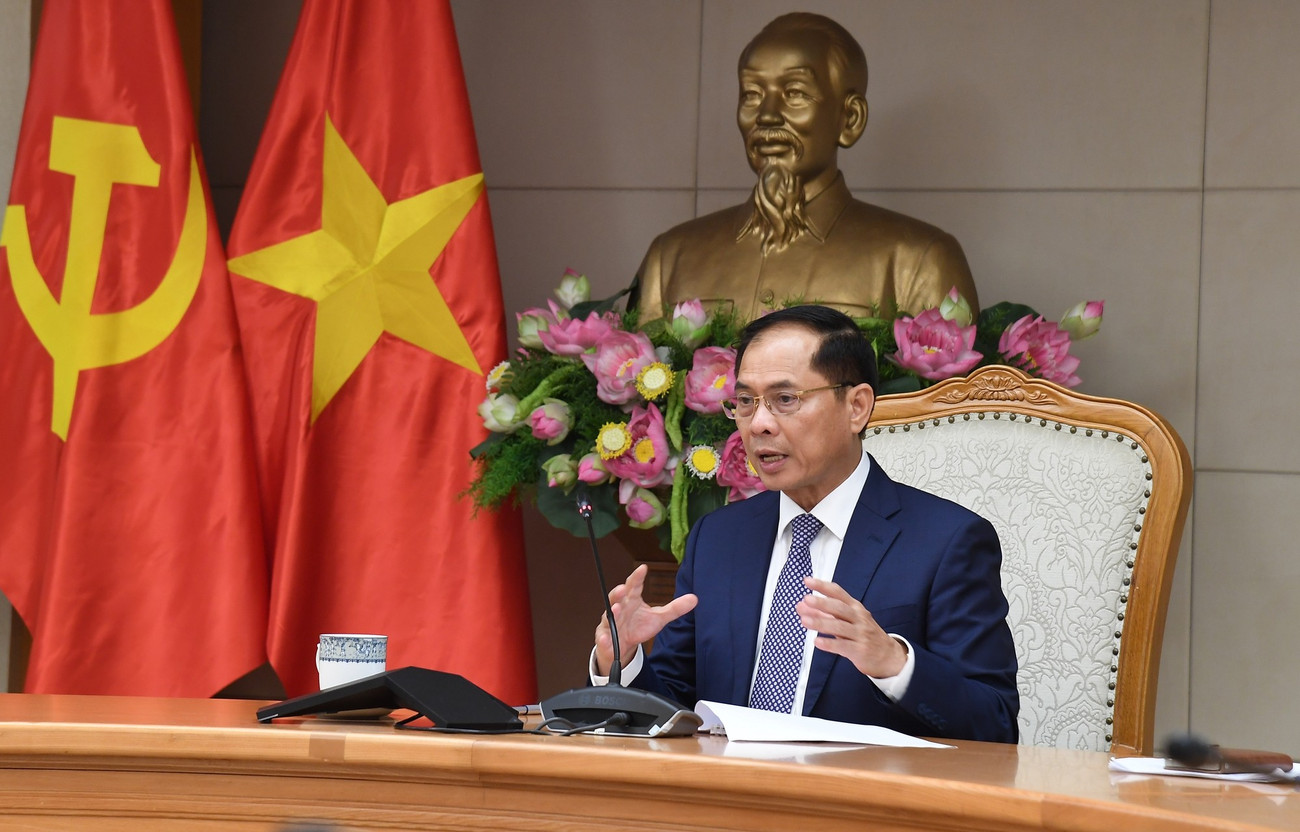MOIT VIETNAM | Laos and Vietnam have committed to increase their cooperation in agricultural, forestry, and rural development
/ News / Activities
Laos and Vietnam have committed to increase their cooperation in agricultural, forestry, and rural development
Laos and Vietnam have both said that they want to increase their collaboration in agricultural, forestry, and rural development until the year 2025. The commitment's primary areas of concentration include education, training, and workforce development; technological advancement; and business and economic growth.In an effort to deepen and broaden their current bilateral cooperation, the two parties have agreed to collaborate on a number of international initiatives between 2023 and 2025. The parties achieved this understanding so that they may deepen and broaden their current bilateral cooperation.

The parties anticipate that this agreement will lead to a deepening and expansion of the existing bilateral collaboration between them. Furthermore, they will make it much easier for the two ministries to collaborate on technical issues by giving the technical departments of the two ministries the chance to meet, travel together, and help each other out through the sharing of knowledge and experience they gain from taking part in such events. Collaboration between the two departments on technical matters will be greatly facilitated by this. That way, the two ministries' technical departments may work together on technology challenges.
.png)
The joint effort will work to reduce the impact of natural catastrophes while also protecting and enhancing fisheries and animal husbandry. To boost output and conform to international export standards, the Lao side would actively court Vietnamese companies to invest in agricultural and processing enterprises in Laos. With any luck, this will entice Vietnamese companies to set up shop in Laos. This will allow the Lao side to conform to international norms. This should be carried out in the appropriate method to guarantee compliance with the standards and national rules that are already in existence in Laos.
The parties came to an understanding that they would continue working together across a broad range of economic disciplines and geographical locations in order to further improve the interchange of processed agricultural goods between the two nations.
Building a center for agricultural technical support is scheduled to continue at Xaysomboun, where it is being constructed jointly by the two ministries. 137 billion Vietnamese dong in initial costs are estimated, and it is expected that this area will serve as the hub of activities.
.png)
A preliminary budget of 9 billion Vietnamese dong has been allotted to the Irrigation Master Plan Project that will be carried out in the province of Xaysomboun. On top of that, this work will eventually be finished.
Another example of a successful cooperative effort is the Nam Khao irrigation project in the Phoukoud district of Xieng Khuang province; the irrigation system at the Huai Pae reservoir in the Xaysetha district of Attapeu province; the development of a model for rural agricultural growth and the eradication of poverty in Navit village in the Viengxay district of Huaphan province; and Hoiy village in the I district of the same province.
The two nations need to cooperate together on additional suggested projects so that the demands of technicians and local departments in both countries may be met. There are a total of twelve similar projects in the area, all located in the provinces of Xieng Khuang and Huaphan, with the goal of irrigating a tiny fraction of the land there. The provinces of Xieng Khuang and Huaphan are home to this little piece of land.
-
/ News / Activities
Prime Minister Pham Minh Chinh’s Strategic Visit to Laos Marks New Chapter in Bilateral Relations
Prime Minister Pham Minh Chinh’s official visit to the Lao People’s Democratic Republic and his co-chairmanship of the 47th meeting of the Vietnam–...
-
/ News
Deepening Cooperation, Strengthening Regional Unity
On the afternoon of July 28, 2025, at the Government Headquarters in Hanoi, Deputy Prime Minister and Minister of Foreign Affairs of Vietnam, Mr. B...
-
/ News / Activities
Vietnam and Laos Accelerate Toward Deeper Regional Integration and Unprecedented Trade Growth
In an era where regional connectivity and economic resilience are critical pillars for national development, Vietnam and Laos are emerging as a mod...





